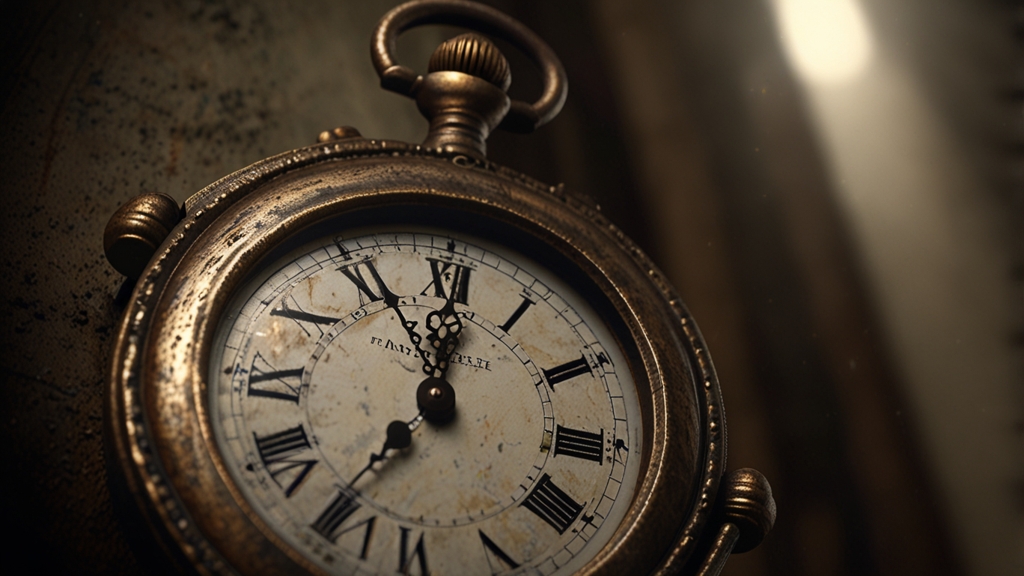The Underground City of Rome: 10 Hidden Wonders
Rome, the Eternal City, is celebrated for its majestic architecture, rich history, and cultural significance. While millions marvel at the Colosseum, the Vatican, and the Pantheon, few venture beneath the city's surface to discover a labyrinth of historical treasures. Welcome to the underground city of Rome, a world of hidden wonders waiting to be explored. Here are ten astonishing subterranean sites that captivate and intrigue.
1. Catacombs of San Callisto
Among the oldest and largest of Rome's burial sites, the Catacombs of San Callisto date back to the 2nd century AD. This sprawling network of tunnels served as the final resting place for half a million Christians. Painted frescoes, ancient inscriptions, and a series of crypts dedicated to early popes and martyrs make this site a poignant historical and religious landmark.
2. Basilica of San Clemente
The Basilica of San Clemente is a true architectural palimpsest, featuring three levels from different periods. The 12th-century basilica is built over a 4th-century church, which, in turn, sits atop a 1st-century Roman mansion. This excavation reveals a fascinating tapestry of Roman, early Christian, and medieval history.
3. Domus Aurea
Emperor Nero's Golden House, the Domus Aurea, is an extravagant reminder of Rome's opulent past. The vast palace, buried after Nero’s death to make way for the Flavian Amphitheatre (Colosseum), offers visitors a glimpse of magnificent frescoes, grand halls, and an unparalleled understanding of Roman art and luxury.
4. Mithraeum of Circus Maximus
Hidden beneath modern buildings near the Circus Maximus lies a Mithraeum, a temple dedicated to the god Mithras. This secretive underground cult spread throughout the Roman Empire during the 2nd and 3rd centuries but left few traces. The well-preserved Mithraeum provides rare insights into this mysterious religion practiced in seclusion.
5. Crypt of the Capuchin Monks
The Crypt of the Capuchin Monks, located beneath the Church of Santa Maria della Concezione, presents a striking display of memento mori. The bones of over 4,000 Capuchin monks adorn the walls in intricate patterns, creating an eerie yet profoundly moving tribute to mortality and faith.
6. Stadio di Domiziano
Beneath the bustling Piazza Navona lie the remains of the Stadio di Domiziano, an ancient Roman stadium commissioned by Emperor Domitian for athletic contests. This well-preserved archeological site reveals the grandeur of Roman sporting culture and offers a fascinating underground exploration beneath one of Rome's loveliest squares.
7. Vicus Caprarius - The City of Water
Near the Trevi Fountain lies Vicus Caprarius, an archeological site that unveils an ancient Roman aqueduct and complex. Known as "The City of Water," this underground marvel showcases an intricate water system that once supplied the city and reveals layers of Roman urban development.
8. Case Romane del Celio
Located beneath the Basilica of Saints John and Paul, the Case Romane del Celio is an extraordinary example of preserved Roman residential architecture. Dating back to the 2nd century AD, these well-preserved houses boast beautiful frescoes that provide insights into the domestic life and artistic expressions of ancient Romans.
9. Basilica of San Pietro in Vincoli
Beneath this Basilica, famed for housing Michelangelo's statue of Moses, lie the ancient foundations and remnants of former structures. Exploring these underground areas reveals layers of history, including parts of a 4th-century church and even older Roman buildings.
10. Cimitero Acattolico (Non-Catholic Cemetery)
While primarily an above-ground site, the Non-Catholic Cemetery for Foreigners of Rome includes significant subterranean elements. This burial ground, dating back to the 18th century, is the final resting place for a diversity of individuals, including poets John Keats and Percy Bysshe Shelley. Its underground crypts and burial chambers offer a unique historical and cultural perspective.
“The more the layers of Rome are peeled back, the more wondrous it becomes. Each stone and structure whispers tales of emperor might, gladiatorial valor, and spiritual devotion.”—Anonymous Historian
Rome is a city where history is not just observed but felt, and nowhere is this truer than beneath its streets. These hidden wonders below the surface reveal stories and artistry that complement and enrich the famed monuments above. To fully experience the Eternal City's grandeur, one must descend into its depths and witness the underground marvels of ancient Rome.







